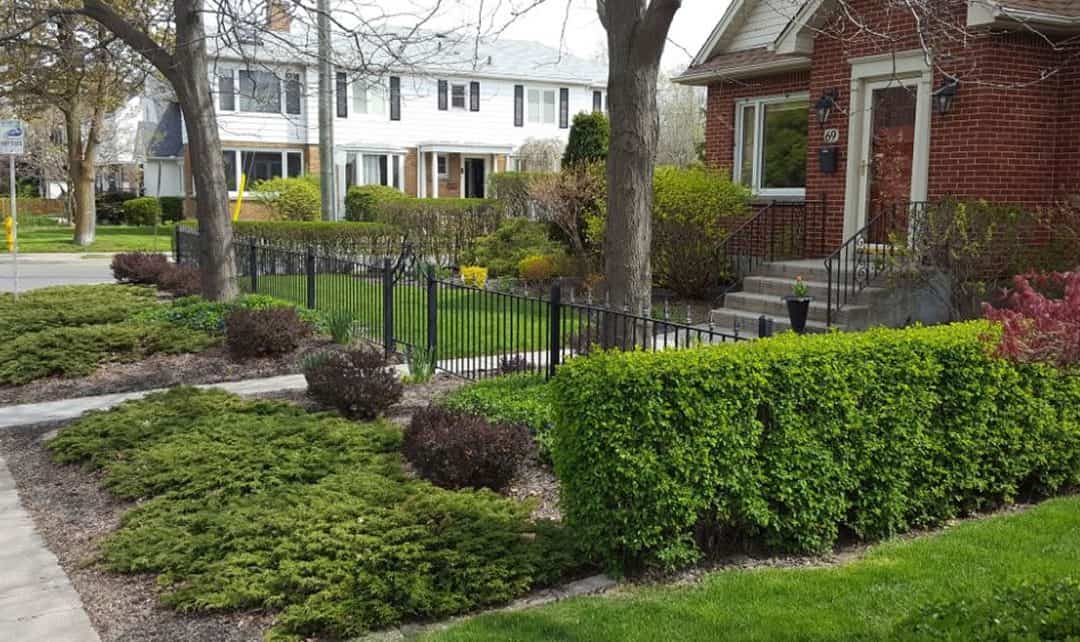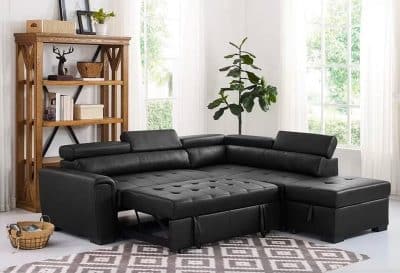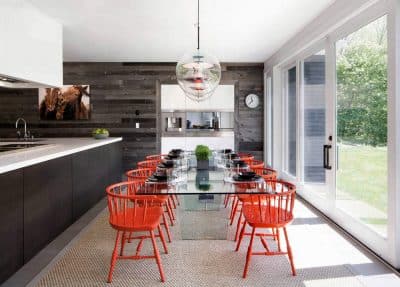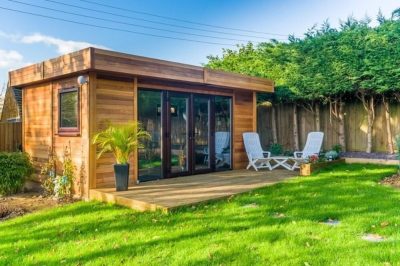
Step into your home. Look around. Is it beautiful? Cozy? Functional? Safe? Safety—while less visible than hardwood floors or minimalist pendant lighting—is arguably the most critical element of all. That’s where CPTED comes in. Crime Prevention Through Environmental Design. Not a new idea, but an evolving one. Let’s unravel it.
What Is CPTED, Anyway?
CPTED (pronounced sep-ted) is a design philosophy. Not about aesthetics per se, though it dovetails nicely with architecture and landscaping. CPTED argues that how a space is built influences human behavior, including criminal behavior. The principle is simple: design your environment in such a way that it deters crime before it even happens. Sounds idealistic? Maybe. But cities, neighborhoods, and individual homes are already putting it to work.
In its essence, CPTED focuses on three core strategies:
- Natural Surveillance
- Territorial Reinforcement
- Access Control
Let’s break them down, but before we do—pause. Let’s talk VPNs. Yes, VPNs. You might wonder what virtual private networks when you download a VPN for Mac have to do with home design. Quite a bit, actually, when you consider that “home” now includes a digital domain. As more smart devices fill our houses—doorbell cameras, smart locks, AI-powered lighting—your home’s safety stretches beyond fences and locks. VeePN VPN encrypts your digital environment, preventing criminals from surveilling or breaching it remotely. By connecting to VPN servers, you can hide your online activity and protect your devices from intrusion and your data from theft. A secure digital shell is the modern equivalent of barred windows.
Natural Surveillance: Eyes on the Street
Picture a house with tall hedges. A lovely sight, sure. But also a criminal’s dream.
Criminals dislike being watched. Natural surveillance enhances visibility—your ability to see and be seen. Low bushes instead of high hedges. Motion-sensitive lighting instead of dark corners. Strategically placed windows facing the street. Even a well-used front porch can act as a passive deterrent. When neighbors see each other, when people walk dogs or sit outside reading, potential intruders lose their comfort zone.
Statistically speaking, natural surveillance has legs. A study from the University of North Carolina found that 60% of convicted burglars said they would avoid homes with visible cameras or active neighborhood watch signs. The conclusion? Being seen matters.
Territorial Reinforcement: Mark Your Space
Now we move from visibility to ownership. Territorial reinforcement is about cues—both visual and physical—that this space is claimed.
A freshly painted front door. Fencing. Trimmed lawns. Personalized signage. Pathways that clearly define public from private zones.
Designers call this defensible space. Sociologist Oscar Newman pioneered the idea in the 1970s, and it’s still relevant. When a space looks cared for, when it looks lived in, people are less likely to violate it. Abandoned lots invite graffiti. Lively gardens don’t.
Even lighting plays a part here. Soft but bright pathway lights aren’t just elegant—they’re psychological signals that say: “This space is watched. This home is loved. This isn’t yours.”
Access Control: Who Goes Where?
Locks? Of course. Gates? Possibly. But access control in CPTED is more nuanced than deadbolts.
It’s about guiding people. Encouraging legitimate users to move freely while discouraging others from wandering in. Think of it like architectural nudging.
A curved path instead of a straight one. Stairs leading to a front door, not side windows. Archways that create a sense of transition. Even the direction a fence opens sends subtle cues about entry.
In urban planning, this is done on a massive scale. Gated communities. One-way roads. Parking barriers. In homes, it’s more intimate—but no less powerful. The idea is: create “layers” of entry. Your front yard shouldn’t feel as open as a city sidewalk. Your back door shouldn’t be easily reached without navigating a few natural obstacles.
Fun fact: according to the U.S. Department of Justice, homes with no physical barriers—no fence, no signage, no lighting—are 3x more likely to be targeted by burglars.
Integrating CPTED into Modern Home Design
Now the exciting part: this doesn’t have to be ugly.
CPTED isn’t about turning your house into a fortress. You’re not trying to live in a bunker. You’re designing a home that naturally discourages crime while inviting life. Modern architects and landscape designers have picked up on this. Invisible security is becoming a staple.
A few examples:
- Smart Landscaping: Thorny plants under ground-floor windows. Beautiful, but impossible to climb through.
- Dual-Function Lights: Solar-powered pathway lights that serve aesthetic and protective roles.
- Porch Culture Revival: In some neighborhoods, city councils are encouraging front porches to reestablish natural surveillance.
It’s not just homes. Schools, parks, and even parking garages are being redesigned using CPTED principles. But at the personal level—your level—this means you can reduce risk without sacrificing beauty.
The Future of CPTED: Tech and Terrain
Blend this with tech, and you’ve got a potent mix.
Imagine: A home designed with CPTED principles. But also using smart sensors that alert you when someone’s near your backyard at night. Cameras that pan based on motion—not constantly recording but still vigilant. Lights that simulate human presence when you’re away. Doors that lock automatically if left ajar.
This isn’t science fiction. This is now.
Final Thoughts: Design Against Crime
No design guarantees total safety. Crime evolves. So must we. CPTED isn’t a panacea, but it’s a starting point—a smart, proven one. Combined with tech tools like VPNs and smart home devices, it forms a comprehensive safety net that begins before trouble knocks.
Your home is your sanctuary. Make it smart. Make it safe. Make it beautiful. And make it yours. Would you like a checklist or visual summary of CPTED principles for homeowners?








